Source: Pkstudio | Dreamstime.com
Tax season can be daunting for anyone, but it can feel even more complex for hairstylists who are self-employed or independent contractors. The good news is that with a little understanding and organization, you can navigate the tax filing process smoothly and potentially save yourself a significant amount of money. This guide will walk you through everything you need to know about filing taxes as a hairstylist — from understanding your tax status to maximizing deductions by writing off all possible hair salon expenses. Following these tips ensures you’re filing accurately and keeping more of your hard-earned income. Read on to discover how to file taxes as a hairstylist.
Understanding Your Tax Status
The first step in filing your taxes as a hairstylist is understanding your employment status. You could be categorized as either an employee or an independent contractor. If you receive a W-2 form from a salon, it means you’re classified as an employee. Employers typically withhold income taxes and Social Security/Medicare taxes from your paycheck. As an employee, you wouldn’t be responsible for paying self-employment tax, but you also wouldn’t be eligible to deduct certain business expenses.
If you receive a 1099-NEC form, you’re considered an independent contractor. This means you’re responsible for paying self-employment tax, which covers Social Security and Medicare contributions typically covered by employers. However, the benefit is that you can deduct many business expenses from your taxable income.
Determining your status hinges on the salon’s level of control over your work. Employees typically have a set schedule, use salon-provided equipment and receive training or supervision. On the other hand, independent contractors often set their hours, use their own tools and have more autonomy in their services.
Understanding your classification is crucial, as it affects how you file your taxes and what deductions you can claim.

Source: Volha Shakhava | Dreamstime.com
Tax Filing Essentials for Hairstylists
Now that you understand your employment status, let’s explore some tax filing essentials for hairstylists. If you own your salon and are a self-employed hairstylist, you’re responsible for paying estimated taxes throughout the year. Since income tax isn’t withheld from your earnings, estimated taxes ensure you pay your fair share throughout the year and avoid penalties at tax time.
There are several tax forms you might encounter as a hairstylist. The most common include:
- Form 1040: This is your main tax return form, where you report your income and deductions.
- Schedule C: If you’re self-employed, you’ll use Schedule C to report business income and expenses.
- Form 1040-ES: This is used to make estimated tax payments throughout the year.
Keeping good records throughout the year is vital for accurate tax filing. This includes tracking your income from clients, business expenses like hair supplies and any business mileage driven. Maintaining clear records makes tax preparation much easier and ensures you don’t miss out on valuable deductions.
Maximizing Deductions
One of the biggest advantages of being a self-employed hairstylist is the ability to deduct many business expenses from your taxable income. This can lower your tax burden significantly and keep more money in your pocket. Common deductions for stylists include:
- Home Office Expenses: Stylists are often surprised to find out they can deduct home office expenses (if applicable). If a stylist utilizes part of their home for their business, such as an office or studio, they can deduct up to $1,500. However, this only applies if they use the space regularly and exclusively for business purposes. If the space serves any other purpose—even non-business-related storage—the business use of a home deduction does not apply.
- Salon Expenses: If you rent a booth at a salon, the rent itself is fully deductible. Additionally, you can deduct your portion of utilities and cleaning fees.
- Tools and Supplies: The tools of your trade are essential business expenses! This includes shears, combs, brushes, clips, hair dryers, curling irons and flat irons. You can also deduct the cost of hair products like salon shampoos, conditioners and styling products used on clients. Also, if you’re a stylist who uses your home as a studio, you can deduct personal expenses, such as washing and drying machines for cleaning your towels, up to the extent they are used for your business.
- Continuing Education: Staying up-to-date on the latest trends and techniques is crucial for hairstylists. The cost of attending workshops, seminars and online courses related to your profession is a deductible business expense.
- Professional Licenses and Fees: Maintaining your hairstyling license and any required permits are necessary for operating your business. The renewal fees and application costs associated with these licenses are fully deductible.
- Mileage: In some instances, you can deduct your mileage. However, you cannot deduct the miles you rack up going back and forth between home and your salon because they are considered non-deductible commuting mileage. Still, you can write off any miles you put on your vehicle when traveling to a client’s location, picking up salon supplies, driving to the bank or post office or running other business-related errands because these activities qualify as deductible business mileage.

Source: Monkey Business Images | Dreamstime.com
Wrapping Up
Filing taxes as a hairstylist can initially seem overwhelming, but with a little knowledge and organization, you can confidently conquer tax season. This guide has provided a strong foundation for understanding your tax status, essential forms, maximizing deductions and staying organized. Remember to refer back to this article throughout the year, and don’t hesitate to consult with a tax professional for personalized advice. By filing your taxes accurately and on time, you’ll ensure you’re paying your fair share while keeping more of your hard-earned income. Now, go out there and keep slaying those styles!






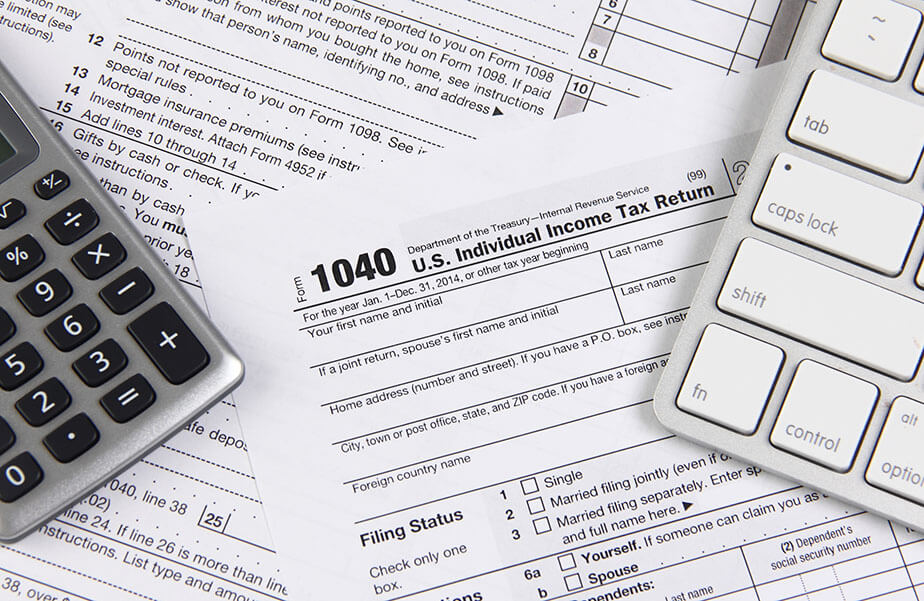





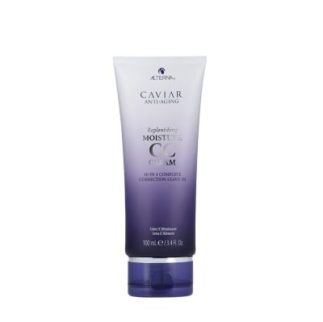

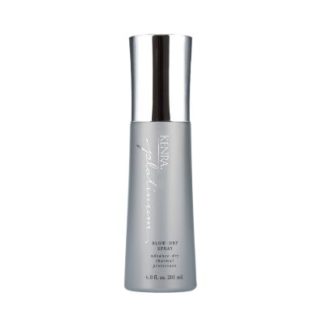


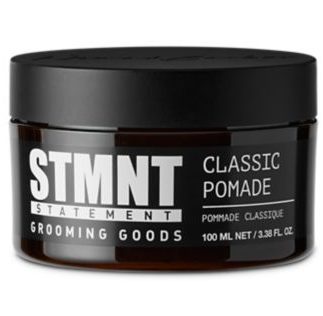
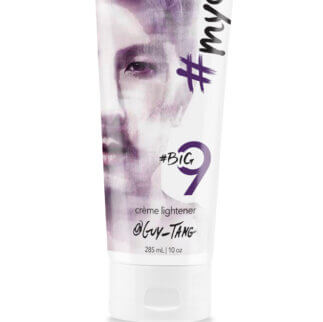
Share Your Feedback